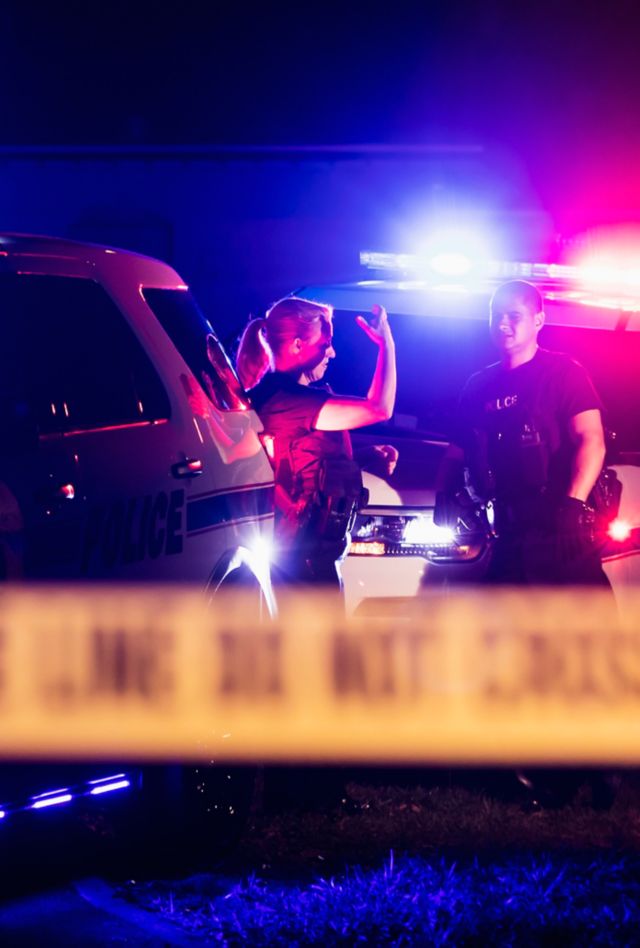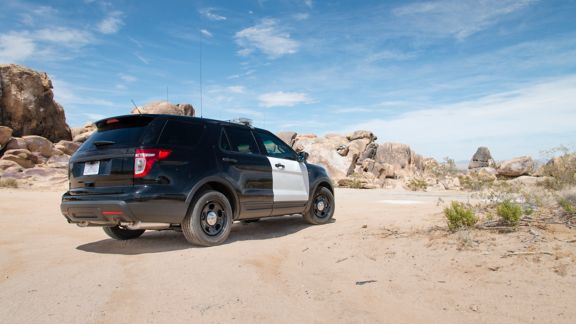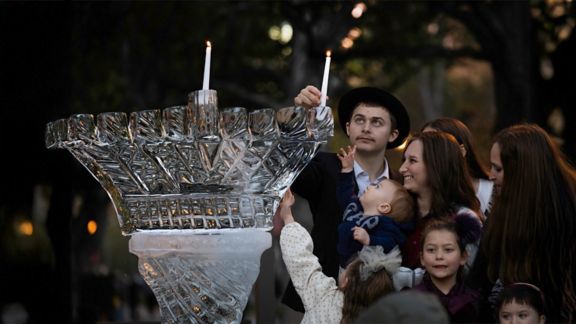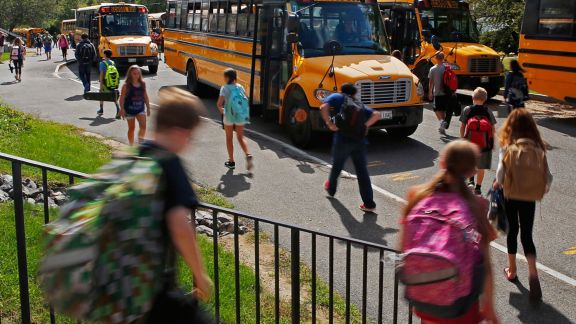National Survey of Force Used During Police Encounters

Problem
Few national trends are evident on police use of force.
We do not have clear picture of national estimates of police officer involved shootings (both police shooting of civilians and police officers being shot at), and, importantly, we know little about agency and community factors that are related to number of police involved shooting. This study addresses two important gaps: First, despite the deeply rooted concerns regarding officer use of deadly force and officer safety, there is a lack of data-driven guidance on mechanisms to reduce officer-involved shootings. Media, federal and survey data undercount officer-involved shootings and contain a limited number of community, agency and situational correlates. Second, despite research demonstrating the correlation between adverse community characteristics and officer-involved shootings, we have limited national data on this issue.
Solution
National survey assessing prevalence and correlates of use of force.
NORC and the Police Executive Research Forum (PERF) conducted a national survey of law enforcement agencies (LEAs) to estimate aggregated numbers of officer-involved shootings (OIS, both officers shooting at civilians and officers being shot at), use of force (UOF), and violence against officers (VAO) in the past five years, and examined associated demographic, situational, agency, and community factors. Interviews with command staff were conducted with selected agencies.
Out of a nationally representative sample of 4,000 LEAs, 800 completed the survey. The sample was weighted to represent all LEAs in the US adjusting for non-response. We addressed three research questions: (1) How many civilians did officers shoot and how many police officers were shot at in the past five years? (2) Are agency characteristics, policy and training related to the number/rate of OIS? (3) Are community factors, such as crime rates related to the number/rate of OIS?
Result
Force is rare but significant in police encounters across the U.S.
On average, there are 649,621 UOF and 3,671 OIS incidents in the US annually. This includes 50 UOF and 0.25 OIS incidents annually per agency. About 75% of LEAs reported no OIS between 2015-2019. Agencies providing simulation and mental health crisis trainings and having community policing officers had lower UOF rates. Crime rate was positively related while police-to-population ratio was negatively associated with both UOF/OIS rates.
There are around 147,058 VAO incidents in the US annually, 2.5 times as many assaults against officers than DOJ data indicate. There are 1,152 OIS incidents in the US annually, much larger than the 25 to 70 officers feloniously killed annually, as suggested by Law Enforcement Officers Killed and Assaulted (LEOKA) data. This breaks down to 12 VAO and 0.11 OIS incident per year per agency, with 87% of LEAs reporting no OIS incidents between 2015-2019. Larger agencies had higher OIS rates while police-to-population ratio was negatively associated with VAO rates.
Related Tags
Project Leads
-
Bruce Taylor
Senior FellowSenior Staff -
Weiwei Liu
Principal Research ScientistProject Director








